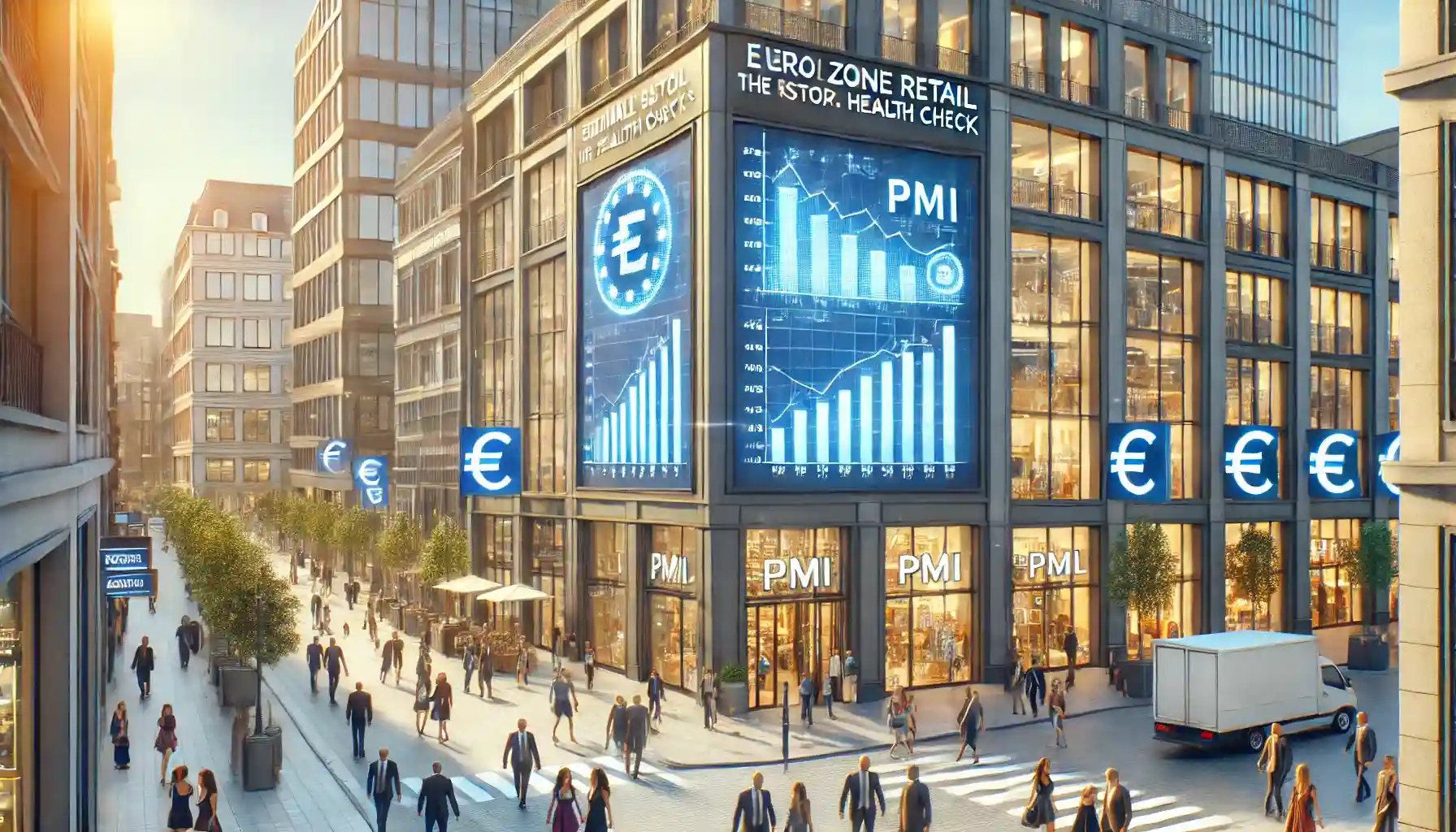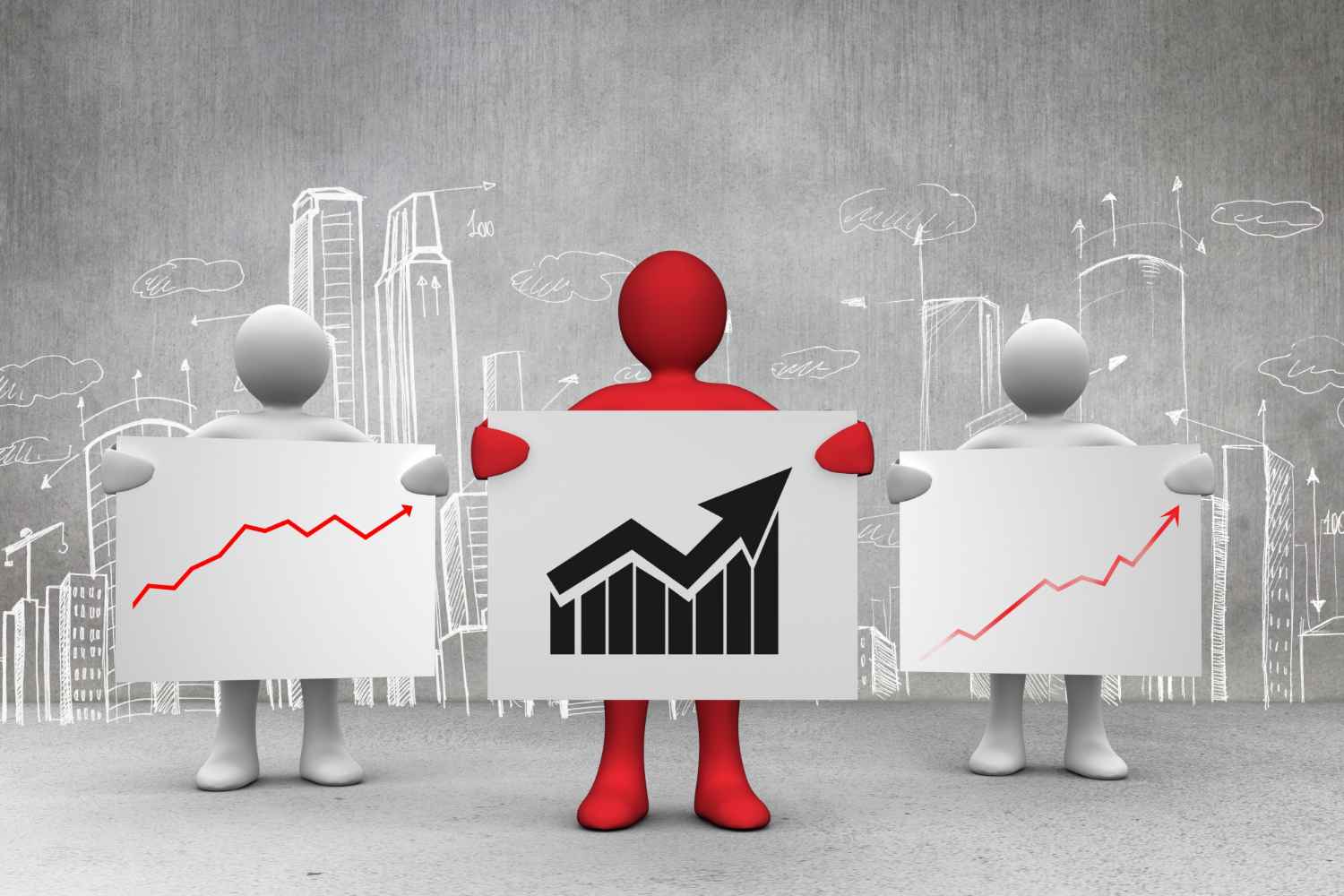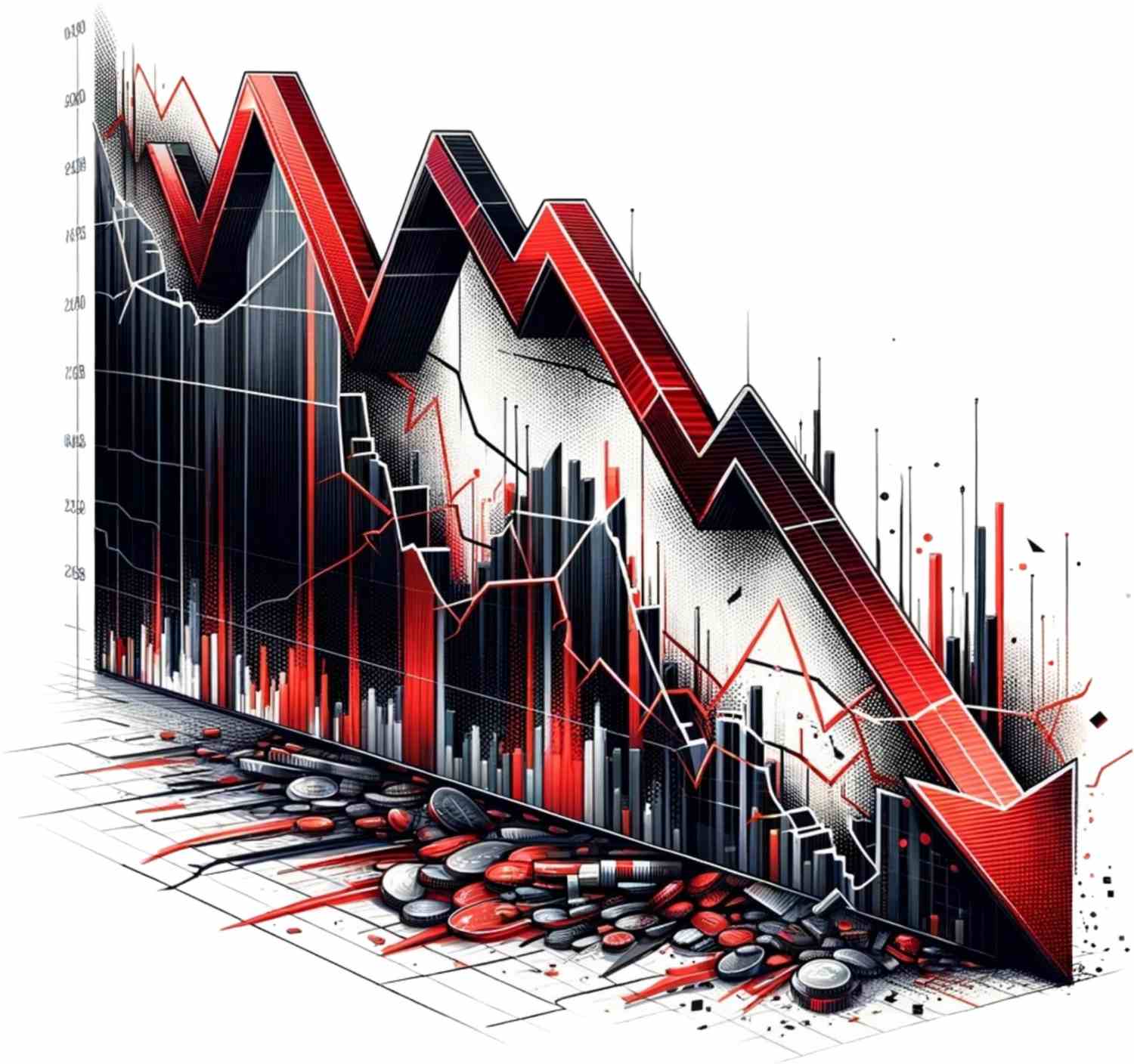The Eurozone Retail PMI is a key indicator that forex traders should not overlook. This comprehensive article will delve into what the Eurozone Retail PMI is, why it matters, and how it can impact forex trading. Buckle up, because we’re going to take a deep dive into this essential economic indicator.
What is the Eurozone Retail PMI?
The Eurozone Retail PMI (Purchasing Managers’ Index) measures the activity level of purchasing managers in the retail sector across the Eurozone. Essentially, it provides a snapshot of the economic health of the retail industry, which is a significant component of the overall economy.
PMI figures are compiled from monthly surveys sent to retail purchasing managers, who report on various business activities, including sales, inventories, and employment levels. The PMI is then calculated as a composite index, with a reading above 50 indicating expansion and below 50 signaling contraction.
Why the Eurozone Retail PMI Matters for Forex Traders
As a forex trader, you might wonder why you should care about the Eurozone Retail PMI. The answer is simple: it can offer valuable insights into the economic health of the Eurozone, influencing currency movements. A strong Retail PMI suggests a healthy economy, which can boost the Euro, while a weak PMI can signal economic troubles, leading to a weaker Euro.
When the Eurozone Retail PMI comes in higher than expected, it can indicate robust consumer spending and confidence, driving the Euro up. Conversely, a lower-than-expected PMI can suggest economic sluggishness, causing the Euro to depreciate. In the volatile world of forex trading, these movements can present both opportunities and risks.
Understanding the Components of the Retail PMI
To fully grasp the significance of the Eurozone Retail PMI, it’s important to understand its components. The index is made up of several sub-indices that track different aspects of the retail sector.
Sales and New Orders
Sales and new orders are perhaps the most crucial components of the Retail PMI. High sales figures indicate strong consumer demand, which can drive economic growth. On the other hand, low sales suggest weak demand and potential economic trouble.
New orders, meanwhile, provide a forward-looking indicator of future sales. A rise in new orders suggests that retailers expect higher sales in the coming months, signaling optimism about the economic outlook.
Inventories
Inventories measure the amount of stock that retailers hold. A rise in inventories can indicate that retailers are preparing for higher future sales or that current sales are lower than expected, leading to unsold stock.
High inventory levels can be a double-edged sword. While they may signal confidence in future sales, they can also indicate overproduction and potential discounting to clear excess stock, which can hurt profit margins.
Employment Levels
Employment levels in the retail sector can provide insights into the broader labor market. Rising employment suggests that retailers are confident enough in their sales prospects to hire more staff, which can boost consumer spending through increased disposable income.
Conversely, falling employment levels can signal economic weakness, as retailers cut back on staff to save costs, potentially leading to lower consumer spending.
How to Interpret the Eurozone Retail PMI
Interpreting the Eurozone Retail PMI requires more than just looking at the headline figure. Traders need to consider the underlying trends and what they reveal about the economy.
Comparing PMI Figures Over Time
One way to interpret the Retail PMI is to compare it with past readings. A single month’s figure might not tell the whole story, but looking at the trend over several months can provide a clearer picture of the economic trajectory.
For instance, if the Retail PMI has been consistently above 50 for several months, it suggests sustained expansion in the retail sector, which can be bullish for the Euro. On the other hand, a downward trend in the PMI can indicate mounting economic challenges, which can weigh on the Euro.
Contextualizing PMI Figures with Other Economic Data
Another important aspect of interpreting the Retail PMI is to consider it alongside other economic indicators. For example, strong retail sales data coupled with a high Retail PMI can reinforce the view of a healthy economy, boosting confidence in the Euro.
Conversely, if the Retail PMI is high but other indicators like industrial production or consumer confidence are weak, it might suggest a more nuanced economic picture. In such cases, traders need to be cautious and look for additional confirmation before making trading decisions.
The Impact of Eurozone Retail PMI on Forex Markets
The Eurozone Retail PMI can have a significant impact on forex markets, influencing both short-term price movements and longer-term trends.
Short-Term Market Reactions
In the short term, the release of the Retail PMI can cause immediate volatility in the forex market. Traders and investors closely watch these releases, and a surprise in the PMI figures can lead to sharp movements in the Euro.
For example, if the Retail PMI comes in much higher than expected, it can lead to a swift appreciation of the Euro as traders adjust their positions in anticipation of stronger economic growth. Conversely, a lower-than-expected PMI can trigger a sell-off in the Euro as traders reassess their economic outlook.
Long-Term Economic Trends
Beyond short-term volatility, the Retail PMI can also influence longer-term trends in the forex market. Sustained strength or weakness in the Retail PMI can shape expectations about the Eurozone’s economic prospects and influence the Euro’s trajectory over months or even years.
For instance, a prolonged period of high Retail PMI readings can build confidence in the Eurozone’s economic recovery, attracting foreign investment and boosting the Euro. Conversely, a persistent decline in the Retail PMI can signal economic troubles, leading to a gradual depreciation of the Euro as investors seek safer havens.
Strategies for Trading the Eurozone Retail PMI
Given the impact of the Eurozone Retail PMI on forex markets, it’s essential to have a clear strategy for trading this indicator.
Preparing for the Release
Preparation is key when trading the Retail PMI. Make sure to mark the release date on your calendar and stay updated on analysts’ expectations. Knowing the consensus forecast can help you anticipate potential market reactions and plan your trades accordingly.
Reacting to Surprises
Market reactions to the Retail PMI can be sharp and swift, especially if the figures deviate significantly from expectations. If the PMI comes in much higher or lower than expected, be prepared to act quickly to capitalize on the volatility.
For instance, if the PMI is much higher than expected, you might consider going long on the Euro, anticipating that the positive surprise will drive the currency higher. Conversely, if the PMI is much lower than expected, you might consider going short on the Euro, betting on a decline.
Combining PMI with Other Indicators
While the Retail PMI is a valuable indicator, it’s essential to consider it in the context of other economic data. Combining the Retail PMI with other indicators like GDP growth, industrial production, and consumer confidence can provide a more comprehensive view of the economy and help you make more informed trading decisions.
Common Mistakes to Avoid When Trading the Retail PMI
Trading the Eurozone Retail PMI can be lucrative, but it’s not without its pitfalls. Here are some common mistakes to avoid.
Overreacting to Single Data Points
One of the biggest mistakes traders make is overreacting to a single data point. While the Retail PMI is important, it’s just one piece of the economic puzzle. Avoid making rash decisions based solely on a single month’s figure. Instead, look at the broader trend and consider other economic indicators.
Ignoring Market Context
Another common mistake is ignoring the broader market context. Even if the Retail PMI comes in strong, other factors like geopolitical events, monetary policy decisions, and global economic trends can influence the Euro. Always consider the bigger picture and avoid tunnel vision when trading the Retail PMI.
Case Study: Eurozone Retail PMI and Forex Market Reactions
To illustrate the impact of the Eurozone Retail PMI on forex markets, let’s look at a recent case study.
January 2023 Retail PMI Release
In January 2023, the Eurozone Retail PMI came in at 55.0, well above the expected 52.0. The strong reading indicated robust retail activity and boosted confidence in the Eurozone’s economic recovery.
Market Reaction
Following the release, the Euro appreciated sharply against major currencies, including the US Dollar and the British Pound. Traders interpreted the strong PMI as a sign of sustained economic growth, prompting a wave of buying interest in the Euro.
Conclusion
The Eurozone Retail PMI is a crucial indicator for forex traders, offering valuable insights into the economic health of the Eurozone’s retail sector. By understanding the components of the Retail PMI, interpreting its figures in context, and developing a clear trading strategy, you can leverage this indicator to make more informed trading decisions.
FAQs
1. What is the Eurozone Retail PMI?
The Eurozone Retail PMI measures the activity level of purchasing managers in the retail sector across the Eurozone, providing insights into the economic health of the retail industry.
2. Why is the Eurozone Retail PMI important for forex traders?
The Eurozone Retail PMI is important for forex traders because it can influence currency movements, offering clues about the economic health of the Eurozone and impacting the value of the Euro.
3. How can I use the Eurozone Retail PMI in my forex trading strategy?
You can use the Eurozone Retail PMI by monitoring its release, comparing it with expectations, and considering it alongside other economic indicators to make informed trading decisions.
4. What are some common mistakes to avoid when trading the Retail PMI?
Common mistakes include overreacting to single data points and ignoring the broader market context. It’s essential to consider the overall economic picture and avoid making rash decisions based solely on the Retail PMI.
5. How does the Eurozone Retail PMI impact the Euro in the short term?
In the short term, the Eurozone Retail PMI can cause immediate volatility in the forex market,with surprises in the PMI figures leading to sharp movements in the Euro as traders adjust their positions.






